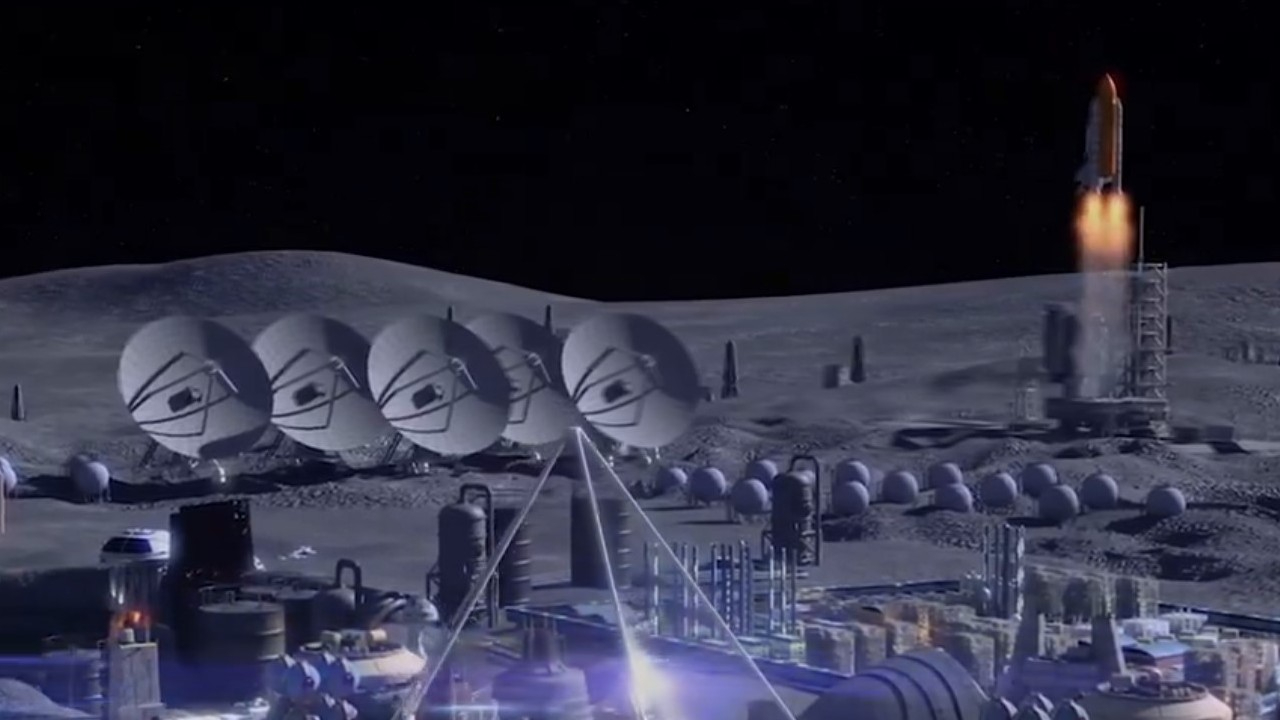
China has revealed that its moon-base plans will be rolled out in two distinct phases, eventually creating a series of nodes on the lunar surface and in orbit.
The initial roadmap for the International Lunar Research Station (ILRS), jointly led by China and Russia, was unveiled in June 2021. The pair stated plans to build a basic, robotic moon base through five super heavy-lift rocket launches from 2030 to 2035.
China has now taken the lead in the project and revealed more advanced, two-phase plans for the ILRS at the second International Deep Space Exploration Conference in the Chinese province of Anhui on Sept. 5.
The first phase will be completed around 2035 near the lunar south pole, and an extended model will be built by about 2050, according to Wu Yanhua, chief designer of the Chinese deep space exploration project, speaking to media at the event.
Related: China unveils video of its moon base plans, which weirdly includes a NASA space shuttle
The extended model will be a "comprehensive lunar station network that utilizes the lunar orbit station as its central hub and the south pole station as its primary base, and it will include exploration nodes on the lunar equator and the far side of the moon," state media outlet Xinhua reported Wu as saying.
Further details include ILRS being powered by solar, radioisotope and nuclear generators. Further infrastructure will be moon-Earth and high-speed lunar surface communication networks, lunar vehicles like a hopper, an unmanned long-range vehicle and pressurized and unpressurized crewed rovers.
Notably, Wu also stated that the extended ILRS model would help lay the foundation for future crewed landings on Mars.
China has been attracting partners for the ILRS. During the conference, Senegal became the 13th country to sign up to the project. Meanwhile, NASA is leading Artemis, a parallel but separate program to return people to the moon. Both China and NASA aim to put astronauts on the moon before the end of the decade.







